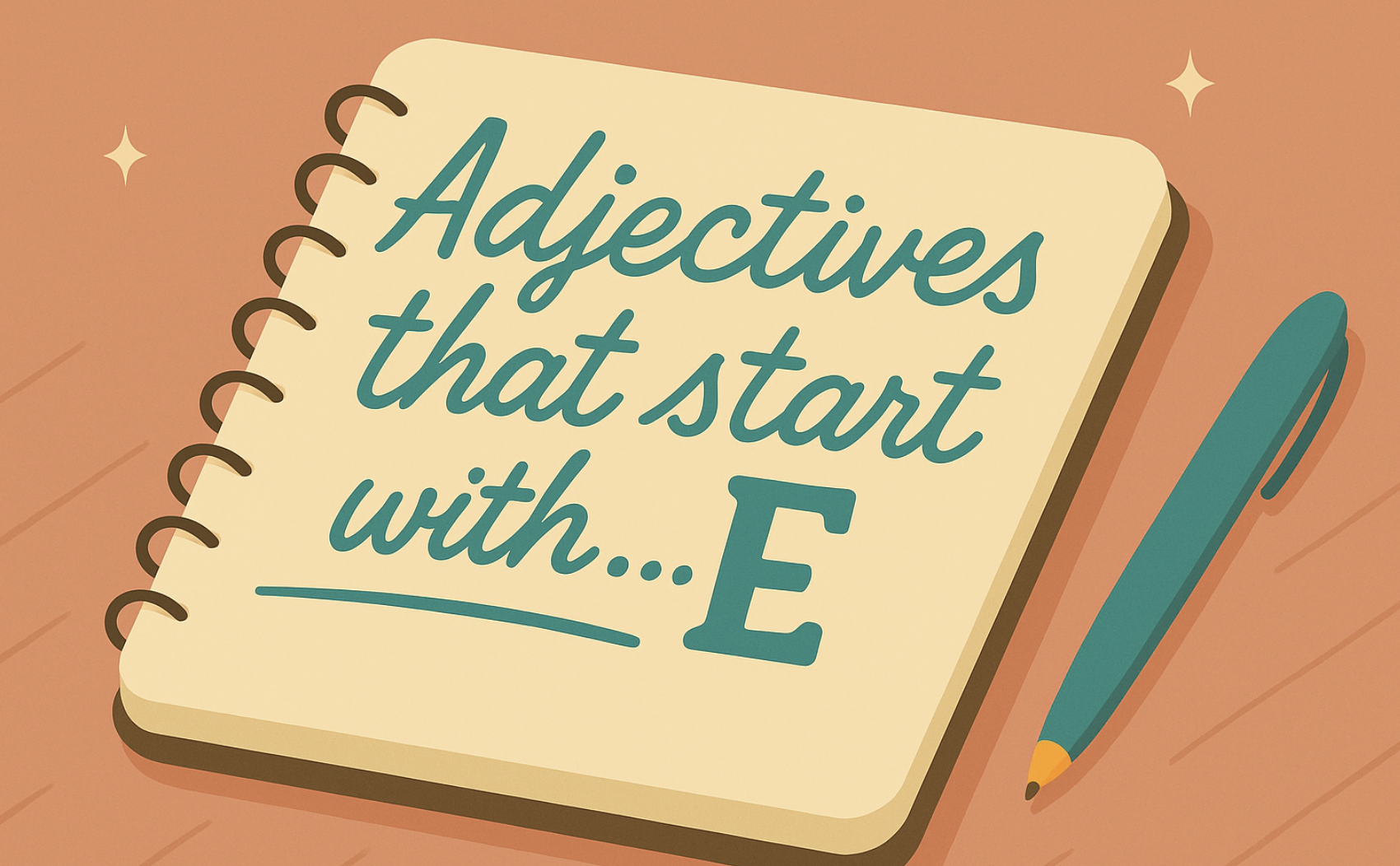“Frankly, my dear, I don’t give a damn.” That single line from Gone with the Wind has outlived generations, become cultural shorthand for savage indifference, and still slaps today. Why? Because great dialogue doesn’t just carry a scene—it makes it unforgettable.
Whether you’re writing a novel, screenplay, or fanfiction that absolutely no one can pry from your Google Docs, dialogue is where your characters breathe. It’s how tension builds, how relationships unfold, and how inner turmoil gets a mic. From the razor-sharp banter in The West Wing to the gut-punch monologues in Breaking Bad, dialogue is the engine behind the emotional impact.
But let’s back it up—what is dialogue? And how do you write dialogue that doesn’t sound like two robots stuck in a coffee shop? That’s where we come in. This article will break down real dialogue examples from books, movies, and TV shows, show you how to write dialogue that flows and dig into the magic of internal dialogue, dialogue tags, and even questions that spark suspense or sass.
So buckle in. Whether you’re a dialogue newbie or just here for some examples of dialogue done right, we’ve got you covered—clever quips, awkward silences, inner thoughts, and all.
What Is Dialogue, Really? (Spoiler: It’s Not Just Talking)
So, what is dialogue? Spoiler: it’s not just people yapping on the page. In storytelling, dialogue is any form of communication from your characters—spoken aloud, whispered in passing, or stewing silently in their own heads. It’s the lifeblood of character development, conflict, and connection.
External dialogue is the stuff we’re all familiar with: Character A says something, and Character B replies—cue banter, arguments, or emotional confessions. Think “I’m gonna make him an offer he can’t refuse” from The Godfather. A single line can reveal power, intent, and tone in one blow.
Internal dialogue, on the other hand, is your character’s unspoken thoughts. It’s that sarcastic inner voice, the second-guessing, the fear that doesn’t make it to the surface. The Catcher in the Rye is basically a masterclass in internal monologue—Holden Caulfield lives entirely in his head, questioning everything and trusting no one. That running commentary is the internal dialogue in action.
Whether it’s out loud or locked inside a character’s brain, dialogue shapes the story from the inside out. And when used right, both internal and external dialogue can make your characters feel intensely real—flaws, fears, and all.

Classic Dialogue Examples That Sparkle on the Page (and Screen)
Some dialogue hits so hard, you can hear it even when you’re just reading it. That’s the kind of writing we all chase—lines that stick, scenes that sizzle. Let’s look at some iconic dialogue examples from books, films, and TV that do more than fill the silence.
Book Example:
“After all this time?”
“Always,” — Harry Potter and the Deathly Hallows
This exchange between Dumbledore and Snape isn’t long, but it’s heavy with emotional payoff. It’s a brilliant example of dialogue that carries years of unspoken loyalty, love, and regret—all in one word.
Film Example:
“Say ‘what’ again. I dare you, I double dare you…” — Pulp Fiction
This tense, unforgettable scene from Tarantino’s classic shows how tone, pacing, and repetition build suspense and character intensity. Jules’s delivery turns a simple word into a loaded threat.
<iframe width=”560″ height=”315″ src=”https://www.youtube.com/embed/yvEik9N_xWI?si=PaR9iLv3lvv9q9wc” title=”YouTube video player” frameborder=”0″ allow=”accelerometer; autoplay; clipboard-write; encrypted-media; gyroscope; picture-in-picture; web-share” referrerpolicy=”strict-origin-when-cross-origin” allowfullscreen></iframe>
TV Example:
“We were on a break!” — Friends
Love it or hate it, this line became a catchphrase because it captures Ross’s angst and denial perfectly. It’s a prime example of dialogue writing that defines a character and anchors a storyline across seasons.
<iframe width=”560″ height=”315″ src=”https://www.youtube.com/embed/s2FBEnW8PGI?si=q5A8E_MwmyPGooz0″ title=”YouTube video player” frameborder=”0″ allow=”accelerometer; autoplay; clipboard-write; encrypted-media; gyroscope; picture-in-picture; web-share” referrerpolicy=”strict-origin-when-cross-origin” allowfullscreen></iframe>
Each of these dialogue writing examples shows that it’s not just what characters say—it’s how, why, and when they say it. These examples of dialogue reveal personality, create tension and invite us into the emotional core of a story. That’s the real magic of great dialogue.
How to Write Dialogue: 7 Quick Tips That Actually Work
Writing dialogue that sounds natural and keeps readers hooked is a delicate art—somewhere between eavesdropping and screenwriting. If you’ve ever reread your scene and cringed because everyone sounds like AI robots at a dinner party, fear not. Here are seven fast, fun, and effective tips to show you how to write dialogue that actually works.
- Keep it real (but not too real)
Real people say “um” and “like” a lot. Your characters don’t need to. Capture the rhythm of natural speech, but trim the fat. Think realism with a script editor. - Don’t skip the subtext
Great dialogue isn’t just about what’s said—it’s about what’s not said. The tension simmers in the spaces between words. Use implication like a weapon. - Give each character a voice
Your characters shouldn’t sound like clones. Use vocabulary, pacing, and tone to make each voice distinct. Dialogue writing examples from shows like Schitt’s Creek are gold for this.
<iframe width=”560″ height=”315″ src=”https://www.youtube.com/embed/ihtfuGSsyb8?si=-8E1NKpxqIxEGq7b” title=”YouTube video player” frameborder=”0″ allow=”accelerometer; autoplay; clipboard-write; encrypted-media; gyroscope; picture-in-picture; web-share” referrerpolicy=”strict-origin-when-cross-origin” allowfullscreen></iframe>
- Break it up with action
Dialogue dumped in paragraphs is the fastest way to lose a reader. Sprinkle in gestures, movement, or even dramatic pauses. People don’t talk in blocks—they live while they speak. - Cut the exposition monologue
If your character is explaining the plot out loud, they’re probably not saying it in a believable way. Show, don’t info-dump. - Use tags wisely
Yes, “said” is your friend. But don’t be afraid to switch it up sparingly. (We’ll dive into some dialogue tags examples later.) - Read it out loud
If it sounds clunky to you, it’ll read clunky to your audience. Channel your inner voice actor.
Mastering how to write dialogue isn’t about being fancy—it’s about being sharp, intentional, and just the right amount of sneaky.
Internal Dialogue Examples: When Your Characters Talk to Themselves
Internal dialogue is where the juicy stuff lives. It’s the quiet chaos inside a character’s head—the doubts, the sarcasm, the secret fears they’d never say out loud. If external dialogue is performance, internal dialogue is confession.
Writers use internal dialogue to create intimacy and deepen character development. It lets readers peek behind the mask, hear the inner monologue, and understand motivations that aren’t always visible on the surface.
Take The Hunger Games, for example. Katniss Everdeen’s internal thoughts carry the emotional weight of the story. Her distrust of the Capitol, her conflicting feelings about Peeta, her sheer survival instinct—it’s all filtered through her mind in real-time. Without those internal dialogue moments, we’d lose half the story.
Or look at Breaking Bad. Walter White’s actions say one thing, but his internal conflict—pride, fear, ego—is often revealed in quiet moments, unspoken looks, or scenes where we hear his mental unraveling in voiceover or still silence.
Internal dialogue examples like these show how powerful it can be to let your characters talk to themselves. It adds layers, vulnerability, and truth—and sometimes, it’s the only place they’re being honest.
Dialogue Tags Examples: More Than Just ‘Said’ (Although, ‘Said’ Is Okay Too)
Let’s talk tags—the little bits that tell us who’s speaking and how. Dialogue tags like “he said,” “she whispered,” or “they screamed” may seem small, but they can make or break the rhythm of your scene.
First, a truth bomb: “said” is not boring. In fact, it’s basically invisible to the reader, which is a good thing. Over-tagging with dramatic verbs (“he exploded,” “she moaned,” “they thundered”) can feel like your characters are in a soap opera. Sometimes, less is more.
That said (pun fully intended), variety helps. In tense scenes, a well-placed “she hissed” or “he muttered” can add flavor—just don’t let your thesaurus run wild.
Dialogue Tag Dos:
- Use “said” as your default.
- Mix in occasional descriptive tags when they add mood or tone.
- Let action or context do the heavy lifting where possible.
Dialogue Tag Don’ts:
- Don’t use verbs that don’t make sense as ways to speak (e.g., “he smiled” as a tag).
- Don’t clutter every line with a tag—trust your readers to follow.
Great dialogue tags examples are like seasoning: subtle, intentional, and used just enough to bring out the flavor.
Dialogue Question Examples: Curious Characters & Tense Moments
Questions in dialogue do more than just seek answers—they provoke, manipulate, and reveal. Whether it’s a detective pressing for truth or a lover pressing their luck, a well-placed question can flip a scene on its head.
Take Sherlock Holmes, for instance. In The Hound of the Baskervilles, Holmes asks, “What do you deduce, Watson?” It’s more than curiosity—it’s a challenge, a teaching moment, and a signal of respect.
Or consider Gone Girl. When Amy coolly asks, “What are you thinking? How are you feeling? What have we done to each other?”—those questions unravel their entire marriage in three lines. Tension? Sky-high.
Dialogue question examples like these are powerful because they drive scenes forward while pulling readers deeper into character dynamics. Questions can be confrontational, reflective, or even disarming. They invite answers—or pointed silences.
So don’t overlook the humble question mark. It’s small, but it packs a punch.
Common Dialogue Fails: How to Stay Away From The Room
Even the best writers can slip into awkward dialogue territory. And if you ever need a masterclass in what not to do, just watch The Room (yes, that “You’re tearing me apart, Lisa!” movie). It’s unintentionally brilliant at showcasing dialogue gone hilariously wrong. Let’s break down some classic dialogue disasters—and how to fix them.
- Everyone sounds the same
Bad: “Hi, Mark.”
“Hi, Johnny.”
“What a story, Mark.”
Fix: Give characters distinct voices, vocab, and rhythm. Real people don’t all speak like NPCs on a loop.
- Too much exposition
Bad: “As you know, I’m your best friend, and we’ve known each other since college when you saved me from that vending machine incident.”
Fix: Trust your reader. Let backstory emerge naturally through action or subtext.
- Overusing names
Bad: “Lisa, I love you.”
“I don’t love you, Johnny.”
“But Lisa, why, Lisa?”
Fix: Use names sparingly. Once we know who’s talking, let the conversation flow.
- Forced or robotic phrasing
Bad: “I did not hit her. It’s not true. It’s bull— I did not.”
Fix: Iconic, but not in the way you want it to be. Read your dialogue out loud. If it sounds like a glitchy AI, it probably needs a rewrite.
Remember: natural doesn’t mean boring. It means believable. Unless you’re writing a cult-classic meme machine—then, by all means, go full The Room.
<iframe width=”560″ height=”315″ src=”https://www.youtube.com/embed/pKAwXLVxuZQ?si=GciHzqwxSsy8pKwg” title=”YouTube video player” frameborder=”0″ allow=”accelerometer; autoplay; clipboard-write; encrypted-media; gyroscope; picture-in-picture; web-share” referrerpolicy=”strict-origin-when-cross-origin” allowfullscreen></iframe>
The Final Word: Write Dialogue That Speaks Volumes
Great dialogue is more than characters talking—it’s characters living on the page. When it’s done right, it sharpens pacing, deepens character, fuels conflict, and sometimes delivers a line so iconic it lives rent-free in pop culture history.
So, what have we learned? Dialogue isn’t just about what is said—it’s how it’s said, what’s left unsaid, and who’s doing the talking (or thinking). We’ve covered the basics of what dialogue is, peeked at internal dialogue examples, examined clever dialogue tags, and looked at how to write dialogue that feels fresh, not forced.
Now it’s your turn. Grab a scene from your WIP—or even a cringeworthy one from the past—and try rewriting it using one or two tips from this guide. Maybe trim that exposition, tweak those tags, or add a question that stirs the pot.
Believe it or not, when it comes to writing dialogue, the best way to learn is to listen.
Need some help crafting dialogue that crackles—or organizing your entire writing life? Spines has your back. Try it free and see how seamless story-building can be.
Your Publishing Journey Awaits – Start NowFAQs – Dialogue Examples
Q1: What are the 3 types of dialogue?
- External Dialogue – Spoken words between characters.
- Internal Dialogue – A character’s inner thoughts or unspoken reflections.
- Dramatic/Unspoken Dialogue – Implied tension or communication through subtext and silence. Yes, the look says it all.
Q2: What is a dialogue list?
A dialogue list is a document used in film and TV production that includes every line of spoken dialogue in a script, usually alongside timecodes. It’s essential for subtitles, dubbing, and post-production work—not something novelists usually sweat over.
Q3: How do I start a dialogue?
Start with a bang—or at least a hook. Use conflict, curiosity, or emotional stakes to launch into dialogue. Forget “Hi, how are you?” unless it’s followed by “I buried the body.”
Q4: What is full dialogue?
Full dialogue refers to a complete, back-and-forth exchange between characters, often used in scripts or novels to develop scenes, relationships, or tension. It’s not just a line—it’s a conversation.
Q5: What is dialogue format?
In prose, dialogue format means using quotation marks and proper punctuation to indicate speech. In scripts, it’s more structured: Character Name (centered), then their lines underneath. Either way, clarity is king.
Q6: What are the best and worst dialogue examples?
Best: Lines that reveal character, spark emotion, or make you reread them just to admire the craftsmanship. (See: “You talkin’ to me?” or “Always.”)
Worst: Overly stiff, expositional, or robotic lines. Basically, anything that sounds like The Room (“Hi, Mark.”) unless you’re aiming for cult comedy gold.








